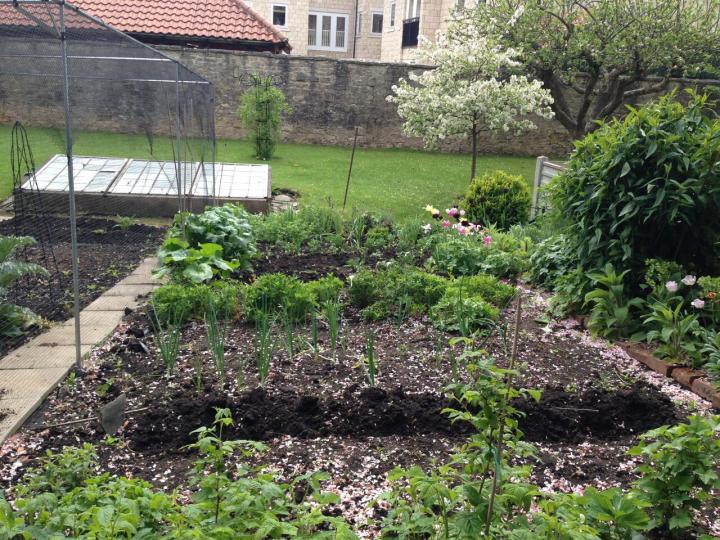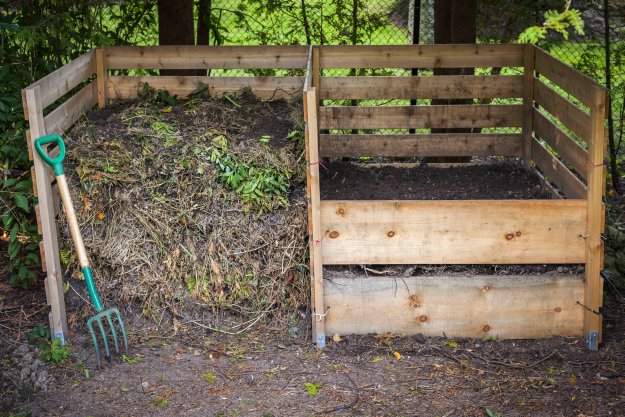How to Overcome Issues in Homestead Gardening
Discover Important Tips for Effective Gardening Techniques and Practices
By focusing on important elements such as dirt health and wellness, efficient watering methods, and suitable plant choice, garden enthusiasts can develop a flourishing ecological community that supports vibrant growth. Lots of enthusiasts ignore critical information that can make or break their gardening success-- discovering these overlooked facets may disclose the trick to growing a growing garden.
Recognizing Soil Wellness
Soil health is a basic element of effective horticulture, as it directly influences plant development, nutrient schedule, and environment balance. Healthy and balanced dirt is identified by an abundant biodiversity of bacteria, raw material, and a well balanced pH degree, which with each other produce a setting helpful to plant development.
To comprehend soil health and wellness, one have to consider its physical, chemical, and organic properties. The texture and framework of dirt impact its ability to preserve dampness and nutrients, while the chemical composition determines the accessibility of vital components like potassium, nitrogen, and phosphorus. Normal dirt testing is important to analyze these variables, allowing gardeners to make enlightened choices regarding fertilizers and modifications.
In addition, promoting organic activity within the soil is vital for preserving its health. Practices such as composting, plant rotation, and the use of cover plants can boost microbial diversity, boost nutrient cycling, and decrease dirt erosion. By focusing on soil health and wellness, gardeners not only maximize plant growth yet also add to a sustainable community, guaranteeing that their horticulture methods are durable and ecologically accountable gradually.
Reliable Watering Strategies
Guaranteeing that plants get the ideal amount of water is vital for their health and growth, especially when paired with a solid foundation of soil health and wellness (Homestead Gardening). Efficient watering techniques can dramatically influence plant vitality, decreasing water waste and advertising optimal growth
One essential method is deep watering, which urges roots to expand much deeper right into the dirt, boosting drought resistance. This method commonly includes watering less often but in larger quantities, enabling moisture to permeate the origin area thoroughly. Timing is also critical; early morning is the perfect time to water, as it minimizes evaporation and permits vegetation to completely dry throughout the day, minimizing disease risks.
Additionally, employing compost can aid retain soil moisture and regulate temperature level, additional helping efficient watering techniques. Utilizing a drip irrigation system can likewise provide targeted dampness straight to the origins, ensuring that water gets to where it's most required while saving resources.
Monitoring rains and soil wetness levels can lead adjustments in your watering schedule, making sure plants receive constant hydration without over-saturation. By embracing these efficient watering techniques, gardeners can cultivate a successful atmosphere for their plants to thrive.
Plant Choice and Positioning
Exactly how can the appropriate plant selection and tactical placement transform a garden right into a flourishing ecosystem? When picking plants, take into consideration elements such as climate, soil type, and sunlight exposure. Homestead Gardening.
Strategic placement includes setting up plants according to their growth routines and demands. Taller plants must be placed at the rear of borders to avoid shielding shorter plants. Furthermore, grouping plants with comparable water and light needs have a peek here can enhance their growth and decrease competition for resources.
Including a variety of plants not only adds aesthetic appeal yet also advertises biodiversity, bring in useful pests and pollinators. Consider the seasonal adjustments in your yard; choose a mix of annuals, perennials, and evergreens to guarantee year-round passion.
Lastly, remember to analyze the fully grown dimension of plants prior to growing to avoid congestion and make certain appropriate air flow. Thoughtful plant selection and tactical positioning produce a harmonious environment, enabling your yard to thrive while lessening difficulties.
Pest and Illness Management
Reliable insect and condition management is important for keeping a healthy yard community - Homestead Gardening. A positive approach, integrating social, biological, and chemical methods, can substantially reduce the impact of bugs and diseases on your plants

Organic controls, such as presenting beneficial insects like ladybugs or aggressive termites, can keep pest populations in check without harming the environment. Furthermore, preserving home plant wellness through proper watering, fertilization, and pruning will strengthen their strength against diseases.
When intervention is required, select targeted chemical therapies, making certain to follow application standards to lessen harm to non-target microorganisms. Constantly focus on sustainable practices, as they advertise long-lasting yard wellness and environmental balance. By incorporating these methods, gardeners can effectively take care of insects and conditions, ensuring growing plants and an efficient yard.

Seasonal Upkeep Practices
During each period, carrying out targeted maintenance techniques is critical for enhancing garden health and productivity. In springtime, focus on dirt prep work by screening pH levels and including required changes. This is also the ideal time to use plant foods and mulch to preserve wetness and suppress weeds. On a regular basis evaluate arising plants for conditions and bugs.
As summer techniques, guarantee ample irrigation while checking for indicators of anxiety or illness. Trim back overgrown plants to motivate air flow and decrease humidity around vegetation. This technique not only improves plant health and wellness but additionally promotes blooming and fruiting.
With the arrival of autumn, it's time to prepare for winter. Tidy up dropped leaves and particles to stop parasite problems, and take into consideration growing cover crops to improve soil health. This season is also perfect for dividing perennials and growing spring-flowering light bulbs.
Conclusion
Effective gardening joints on the integration of audio methods in dirt wellness, watering, plant choice, parasite monitoring, and seasonal maintenance. By focusing on soil screening and microbial diversity, using effective watering approaches, and selecting suitable plants, garden enthusiasts can develop flourishing environments.
By focusing on essential elements such as soil health, reliable sprinkling approaches, and ideal plant selection, gardeners can develop a growing ecological community that sustains vibrant growth. By prioritizing dirt health and wellness, gardeners not just maximize plant development yet likewise contribute my link to a lasting ecosystem, ensuring that their gardening methods are durable and environmentally responsible over time.
Taller plants ought to be positioned at the back of boundaries to protect against shielding shorter plants. Tidy up dropped leaves and particles to protect against bug infestations, and consider growing cover plants to enhance soil wellness.Effective gardening joints on the combination of sound practices in soil health, watering, plant option, pest management, and seasonal upkeep.